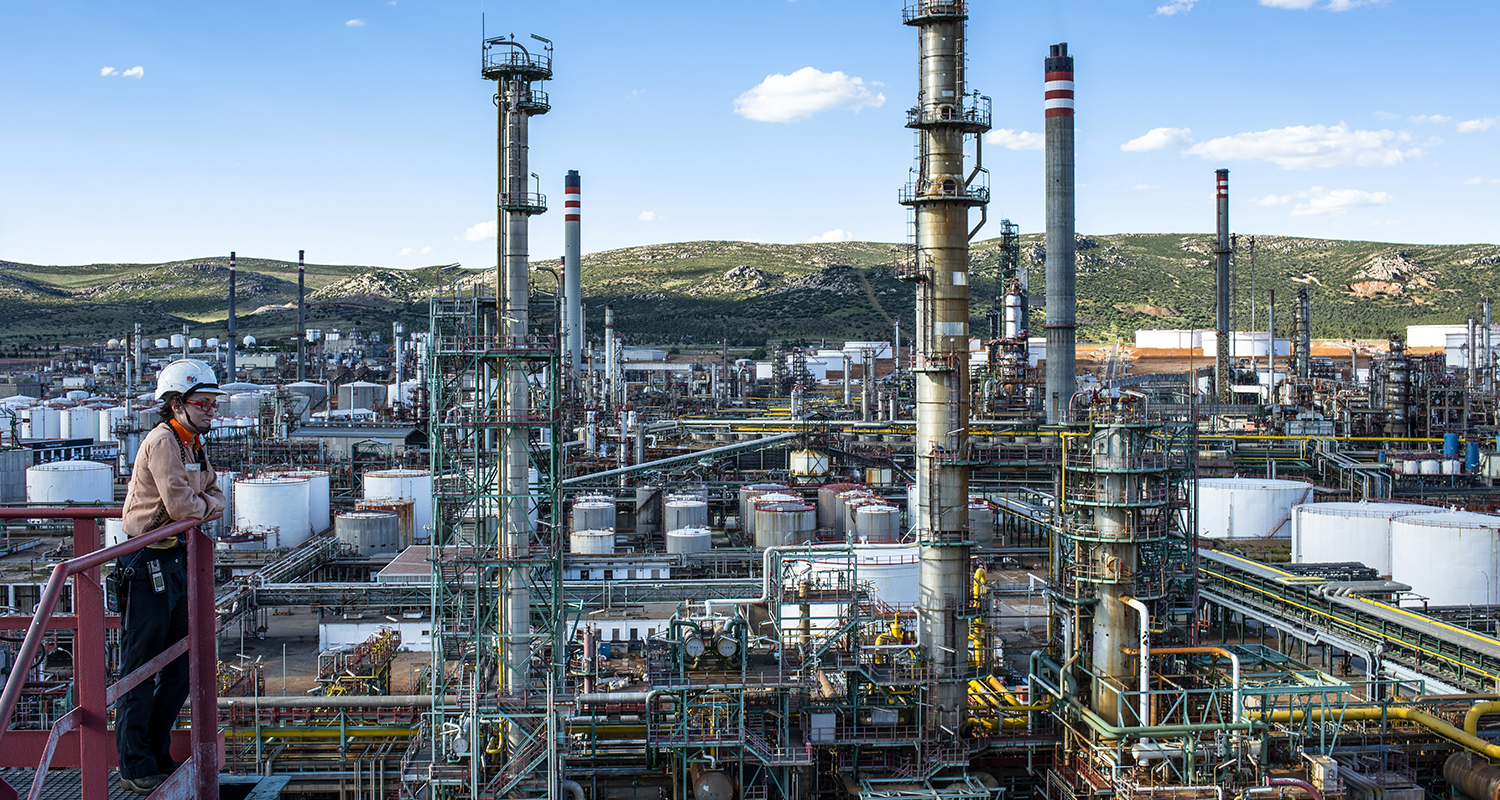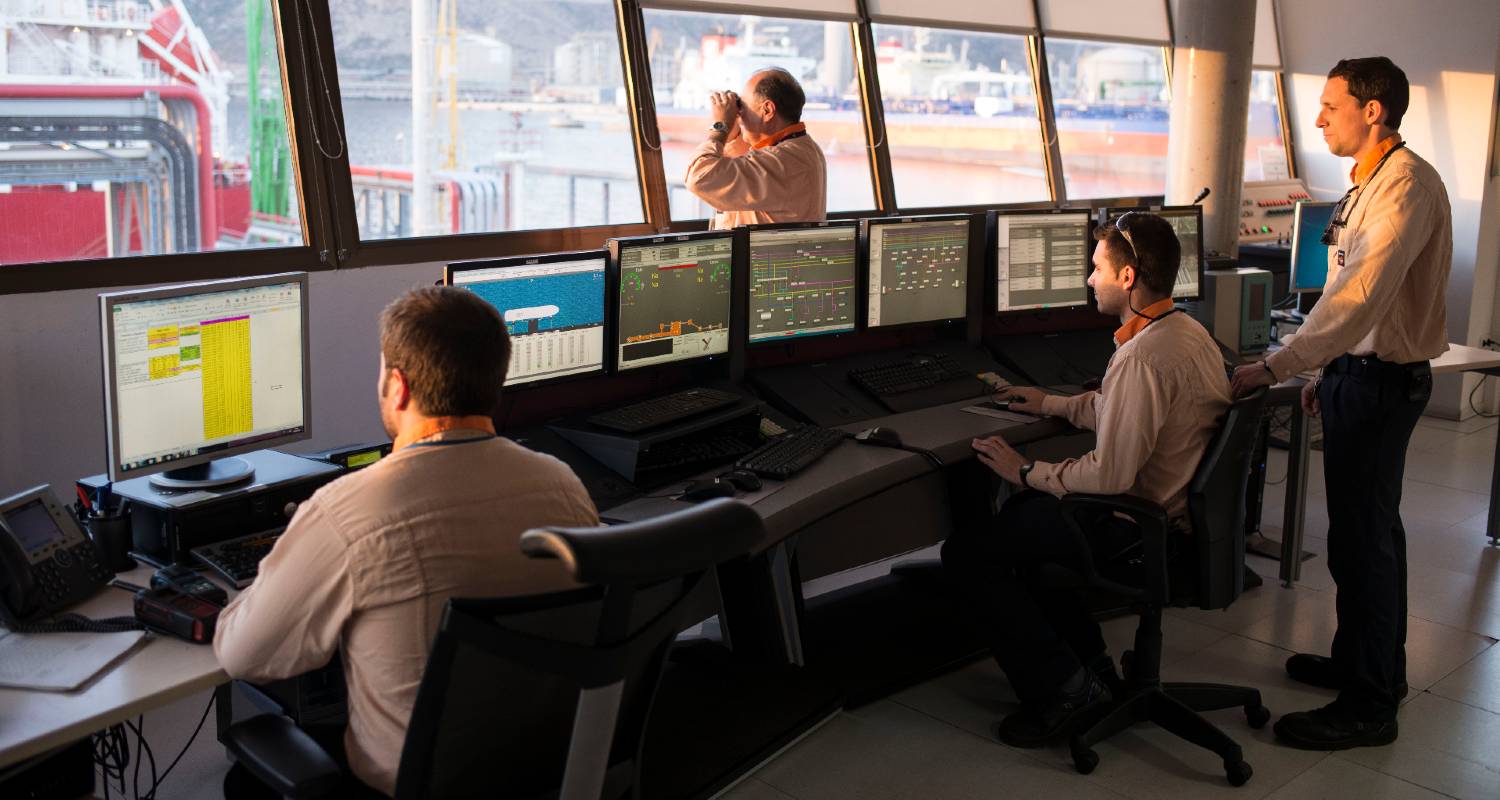
Safety and Occupational Health Policy
Our aim is to carry out all the company's activities preserving people's integrity and avoiding any damage to the local area and the environment, as well as to ensure a healthy and safe working environment from both the physical and emotional point of view

Our commitments
Our commitments
- Proactively manage risk in all our activities, incorporating risk management into our internal decision-making, in every process of change and throughout the entire life cycle of operations.
- Focus risk management on avoiding any harm to people and the environment, in particular the prevention of major accidents through the proper process safety management.
- Meet the legal requirements in force in each site, as well as the established internal regulations, which are elaborated considering legislative trends and international standards, as well as other commitments that the organization subscribes with its stakeholders.
- Lead the health and safety programs from the Executive Committee, being the management line responsible for applying them in its area of action.
- Provide the necessary technical and human resources, and to train all employees so that they can carry out their work in a safe and healthy manner.
- Watch over the proper use of the collective and personal protection equipment and the operating procedures to be applied.
- Continually assess new tools and technologies and incorporate those that contribute to reducing the exposure of workers to the activity's risks and the probability of suffering harm.
- Provide a healthy and safe working environment, in which everyone collaborates in a continuous improvement process to promote and protect the health and well-being of workers.
- Create the environment of trust necessary for safety information to flow with transparency in the organization, so that unsafe conditions and potential risks can be detected and corrected.
- Promote the consideration of human factors as a central element for improvement, based on the conviction that people are the ones who build safety.
- Leverage all sources of learning in the organization to prevent harm, including both the investigation of incidents and the systemic analysis of normal work practices.
- Treat human error and non-compliance as elements of organizational analysis and learning, ensuring that the correction and sanction processes do not penalize communication and reporting.
- Promote and recognize desirable safety behaviors and require individual accountability and compliance with norms and procedures.
- Involve employees, contractors, and other stakeholders in continuous improvement and in the definition of health and safety management programs and systems.
- Systematically assess our performance, setting goals, analyzing progress, and implementing appropriate corrective actions.
- Foster a leadership style and organizational culture that enables the achievement of all of the above commitments.
This policy was approved by Repsol’s Executive Committee on November 22, 2022.



